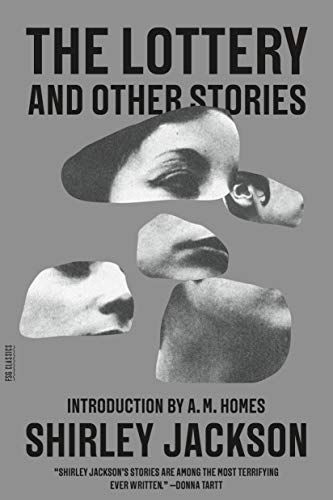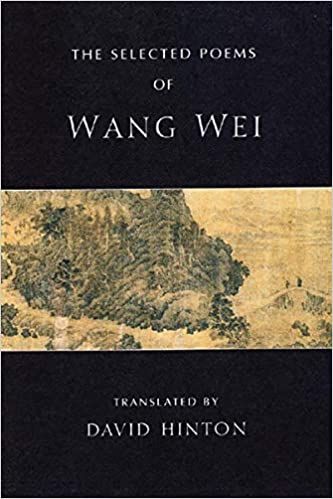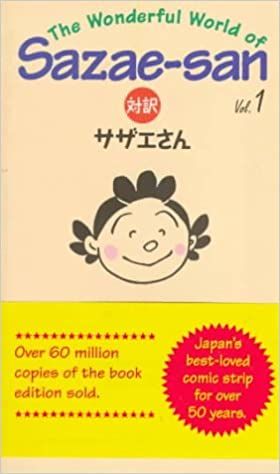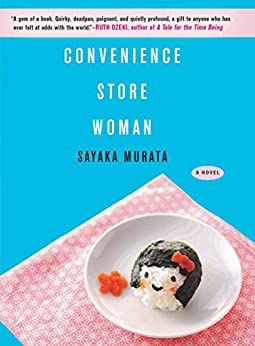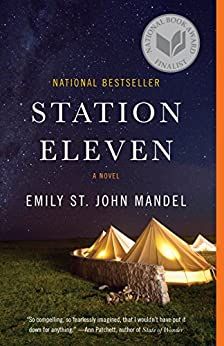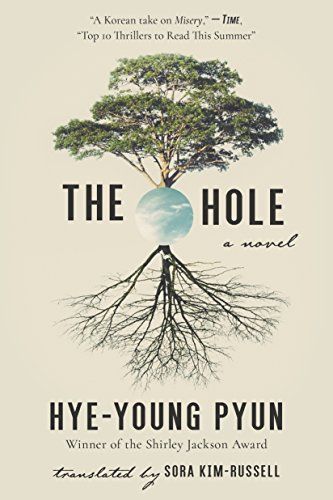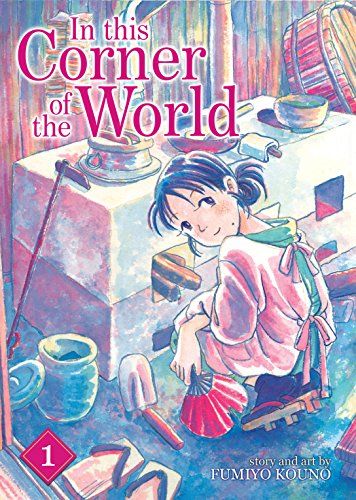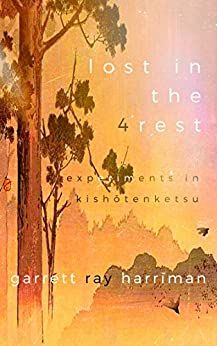In recent years, I started to notice that many of the movies and books I really love would often receive fairly mixed reactions from the general public or people around me. The criticisms I most often see and hear: “open ending” and “nothing really happened.” Which was weird to me because I enjoy both these things, which reflect real life so much better. Frankly, I am no scholar of story or narrative, just a gal who happens to like books, so it didn’t really hit me what was going on until seeing many more conversations and putting the pieces together. As it turns out, the things I like most usually don’t follow a traditional western three-act structure of set-up, rising action, and resolution. It was quite the a-ha moment! As an Asian American who grew up on a lot of Japanese media, it made sense that my perception of stories might be a bit different from the general western audience. Here, I will discuss one such aspect of the non-western storytelling that I love so much: kishōtenketsu.
What Is Kishōtenketsu?
Kishōtenketsu describes a classic East Asian narrative structure. The word itself is Japanese, though the structure first originated in China, used in quatrain poetry known as jueju. Beyond poetry and storytelling, this four-part structure is used quite widely, such as in music or even in argument. In Japan, it is also a traditional construction of yonkoma manga. The word kishōtenketsu itself defines the four parts that make up the narrative structure it describes, combining the words for each: ki, shō, ten, and ketsu. Let’s dig into each of these four parts themselves. Ki, or Introduction: This first part’s quite simple. As at the start of any story, we’re introduced to our main characters and settings. Shō, or Development: Also pretty straightforward. Here, we learn more about the characters and setting we were introduced to in the ki. Often, nothing major really occurs, but we have an opportunity to build our understanding of the world. Ten, or Twist/Change: The third act, or ten, is where things can get a tad tricky. While “ten” can translate to “twist”, you shouldn’t necessarily picture a big Sixth Sense–style Plot Twist™, which is why I like the translation “change” a little better. As opposed to a big, shocking twist, the ten is more of a change or catalyst in the story that, though often unrelated to the elements from the first two acts, impacts them in some fashion and leads the story to its conclusion. (Here ends the basic description of ten. Skip the following paragraph of examples and go straight to the description of ketsu to avoid possible spoilers for Kiki’s Delivery Service and Parasite.) Ten is a bit complicated because it can encompass a lot. The “change” can be a literal change in circumstance (Kiki losing her magic in Kiki’s Delivery Service), a switch in perspective (like a sudden time jump or POV switch), or the introduction of a new element (the third family in Parasite). I personally believe it can also just represent a story’s progression in a direction the reader finds unexpected or odd (which we’ll talk about more below) without necessarily causing a huge impact on the characters, but that is necessary for the reader to understand the conclusion. A discussion of just ten could easily become an entire post on its own, but I’ll stop myself here. Instead, if you want more perspectives on it, here’s one examination of kishōtenketsu I found particularly great that also dives a little deeper into the Kiki example. And here’s a wonderful analysis of diversity in story forms, including kishōtenketsu with a deeper discussion of the Parasite example. Ketsu, or Conclusion: Finally, we have our ketsu, or conclusion. This is the ending of the story, where the elements from the first two acts and the third act are reconciled in some way. What makes the ketsu different from the endings of traditional western narratives is that it doesn’t have to be a resolution with problems solved and bad guys defeated, but is simply an ending. Whether it is open-ended, whether our characters didn’t go through real development or growth, whether we realize nothing much actually happened at all, it doesn’t matter that much in kishōtenketsu (and is what, in my humble opinion, makes it great). What matters is that the various elements from the different acts of the story come together in a finale, as climactic or as muted as it may be. Now that we’ve gone through an overview of kishōtenketsu, it should actually not be all that new of a format to many, even for a Western audience. Think of urban legends you’ve heard — they often, and very effectively, follow this structure.
Examining “The Lottery”
Next let’s take an even deeper look at kishōtenketsu by examining an actual story: “The Lottery” by Shirley Jackson. (Spoilers galore upcoming. I use this example because it’s one I believe many Book Riot readers would be familiar with already, but you can go ahead and skip all the way to the book recommendations portion of this post if you’d prefer to avoid the spoilers.) Ki: It is June 27, and we are introduced to a small village that is holding its annual lottery as everyone gathers in the square at 10 a.m. Some children are collecting stones into a pile at the edge of the square. Shō: Once all the villagers have gathered, the lottery begins. The lottery is conducted by Mr. Summers, who brings out a black box with slips of paper inside. Going through alphabetically, each of the men draws a piece of paper for his family, and once every family has a slip of paper, they all open them at the same time. Ten: We learn that Bill Hutchinson has drawn the marked paper, and his wife Tessie begins to protest that the drawing was unfair. Despite her complaints, Mr. Summers continues with the lottery, this time reducing the number of papers to five for each member of the Hutchinson family to draw. Ketsu: Tessie Hutchinson draws the marked paper and is subsequently stoned (presumably to death) by the other villagers. As in our general discussion of kishōtenketsu, the ki and shō here are pretty self-explanatory. We are introduced to our setting and situation (a village holding a lottery), and we watch the events progress and develop along a pretty logical course (the process of the drawing of the papers). The ten here is a bit more subtle, as there is no real change or new element introduced to the story. But the reaction of Tessie Hutchinson does present a bit of a question. In the average reader’s understanding of a lottery, drawing the marked paper should mean winning, so Tessie’s negative reaction doesn’t really make sense and brings up a feeling of unease. Only once we reach the ketsu and learn what the lottery actually decides (as well as what the stones the children were collecting at the beginning were for) do all the pieces fall into place to give us a complete, albeit horrifying, picture. Whew! Now that I’ve droned on for a good 1000+ words, let’s get to some recs!
Books that Use the Kishōtenketsu Structure
For more books that may use kishōtenketsu, or at least are similarly structured, check out these lists of Japanese books by women in translation and Korean fiction in translation. And, if the idea of stories that are less conflict-heavy appeals to you in general, explore some slow sci-fi as well!












